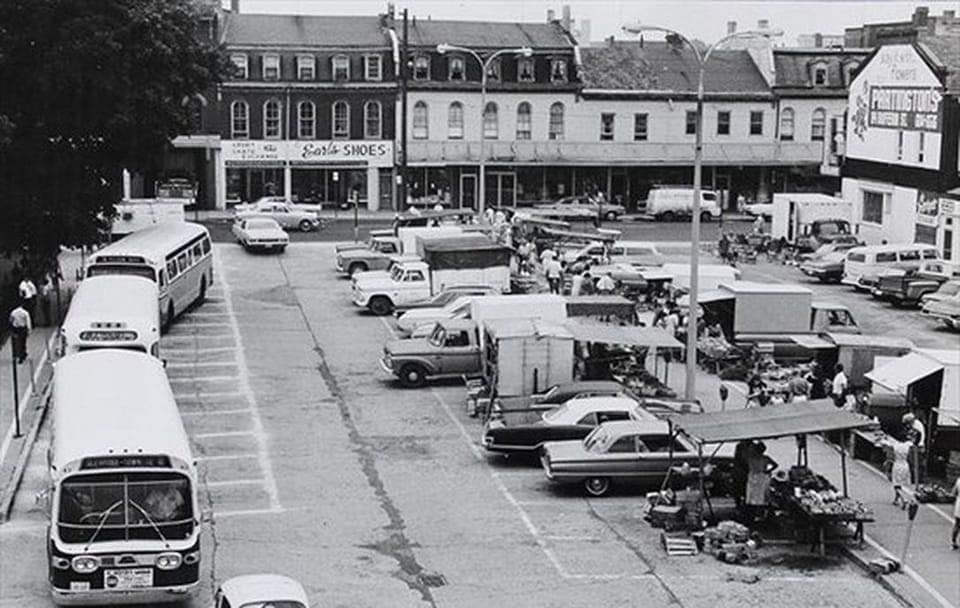It was a very common feature of life in the the old world to have a central square in a community which often featured a farmer’s market. Europeans were accustomed to acquiring produce directly from a farmer and brought to a table via purchases from carts displaying produce season by season. I think the presence of a Farmer’s Market in St. Catharines from the earliest years of the 20th Century had to be something that new immigrants found familiar and comfortable from the get go. St. Catharines is in the middle, almost of the Niagara Peninsula. Geologically, the Niagara Peninsula was once at the bottom of a huge inland lake formed by the retreat of the glaciers during the last ice age. The fact that it was originally a lake bottom meant that the soil underneath it was extremely fertile. That is why it became central to the evolution of a tender fruit industry servicing the needs of not just Niagara but all of Central Canada. While the Niagara Peninsula became the heartland of the Canadian wine industry over an entire century, it also gave rise to produce that any new European immigrant would find delectable and gave them a feeling for being back home almost. The farmer’s market evolved over the course of the 20th Century as you can see in the pictures below. But its presence was central to the attraction of St. Catharines to new immigrants, including the many Jews who found their way here.



